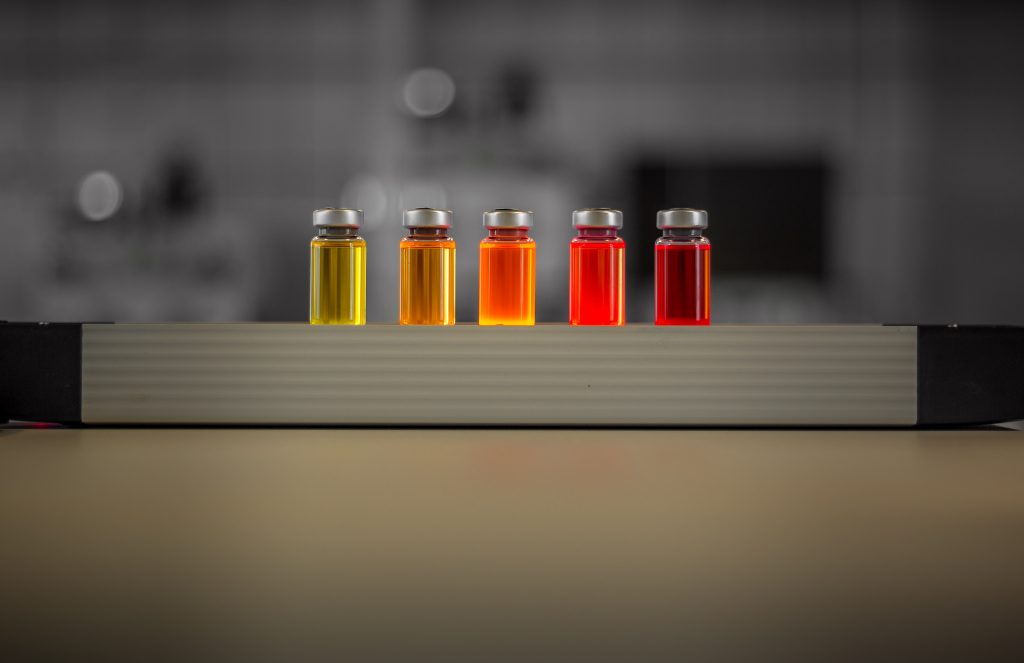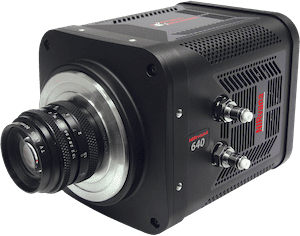Wei Huang
Inorganic Chemistry Communications
Facile one-pot synthesis of monodispersed NIR-II emissive silver sulfide quantum dots
Introduction
Fluorescence imaging in the NIR-II/SWIR wavelength range is extremely useful for locating tumors, monitoring physiological processes and studying biochemistry in vivo and non-invasively. As there is a diverse range of applications for this imaging technique, it will be useful to have different kinds of fluorescent nano agents available for targeting different types of tissue or biomolecules, for example. Ideally these agents should be very efficient in converting excitation light into fluorescent light of a small wavelength window where absorption and scattering in tissue are minimal, as well as bio-compatible and non-toxic.

Researchers around Wei Huang from Nanjing in China are reporting on quantum dots based on silver atoms and demonstrate their potential for in vivo imaging using a NIRvana InGaAs camera. While imaging is one technique necessary to demonstrate the effectiveness of a nano-particles other measurement techniques are always useful for characterization of nano-particle development. Sensitive fluorescence and/or fluorescent emission spectroscopy (for example based on single or multistage monochromators, high powered light sources and sensitive CCD detectors) can play an important role here as well.

